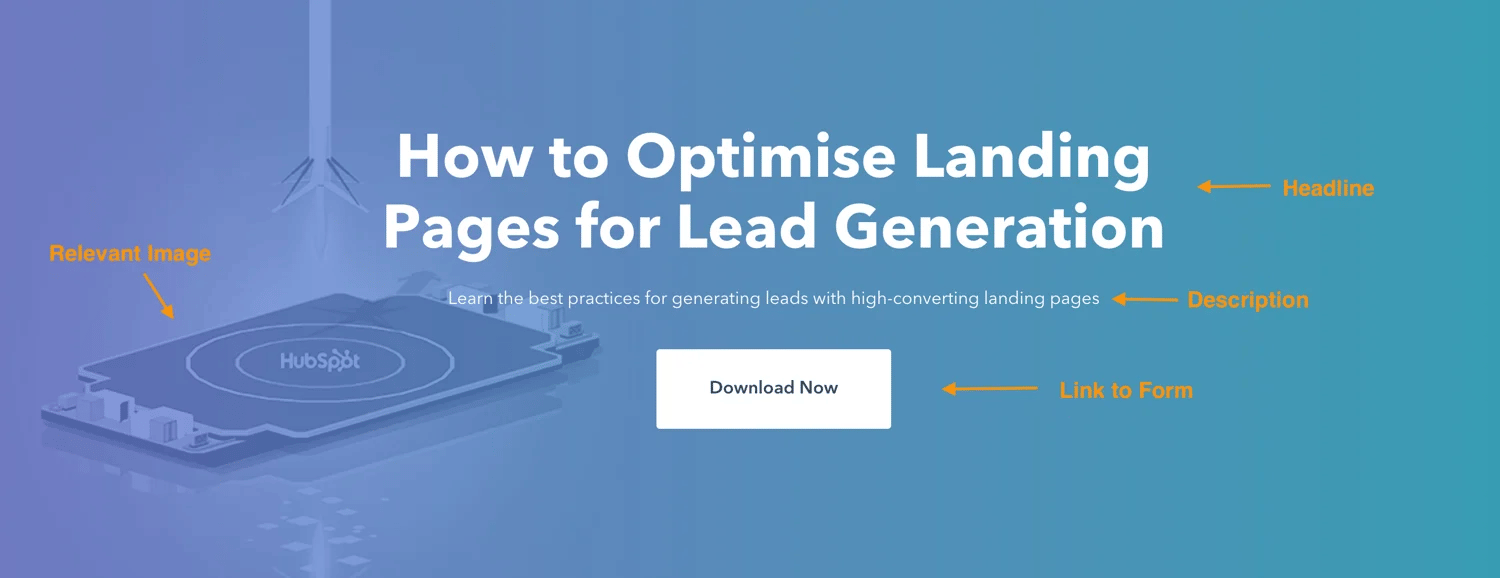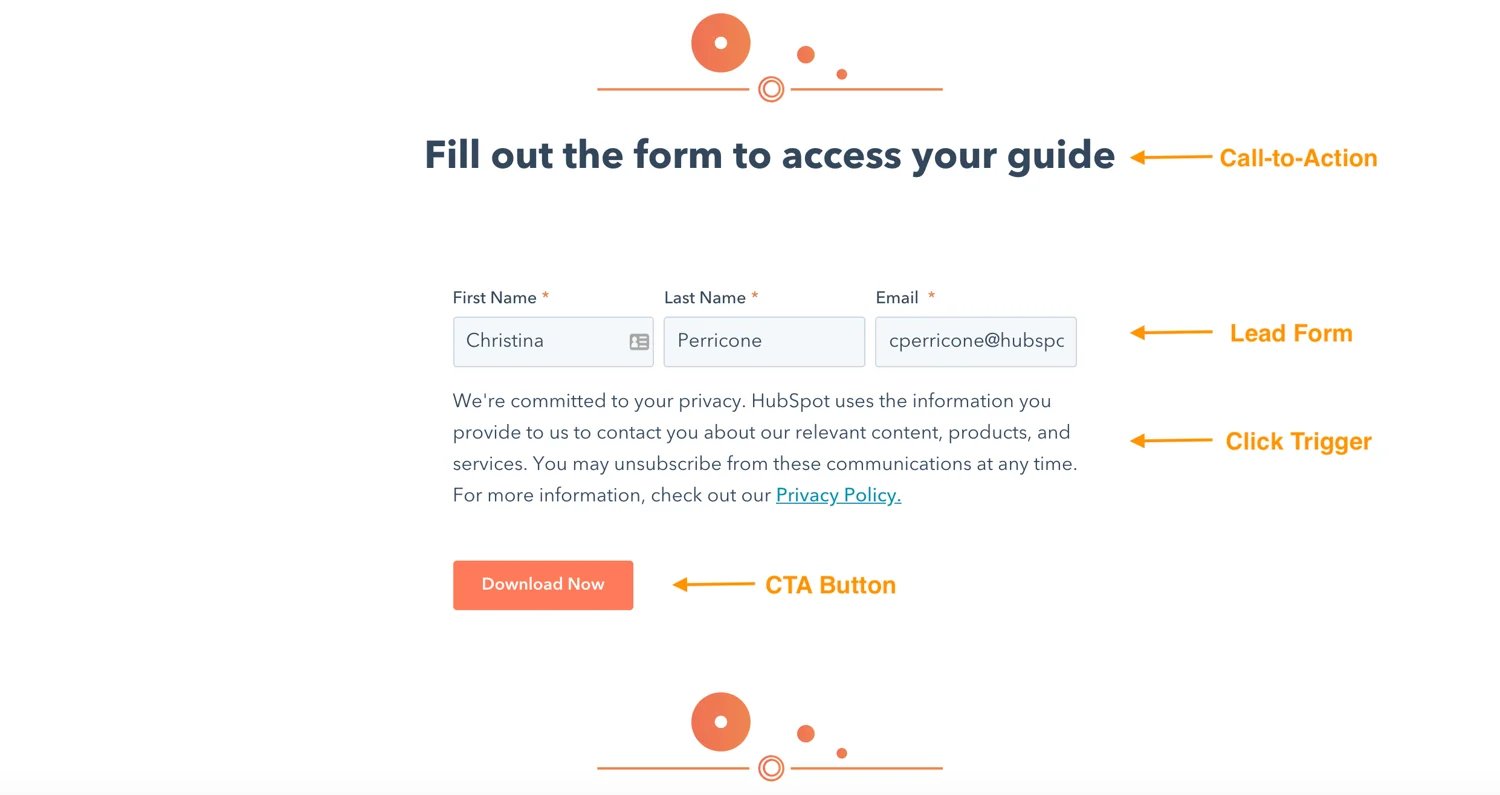Your website acts as the digital face of your company and is often the first thing people see when they encounter your brand.
In the competitive world of B2B marketing, a well-optimised website that generates leads and drives conversions is crucial for business success. With the right strategies, you’ll attract quality leads and increase the likelihood of conversion.
But how can you implement this? Let’s delve into the best-kept secrets of optimising your B2B website to maximise lead generation and conversions.
The Foundation of Success: Crafting an Engaging User Experience
To generate high-quality B2B leads, providing your website visitors with a seamless and engaging user experience is imperative. Start by optimising your website's navigation and structure, ensuring it is intuitive and user-friendly. Clear call-to-action buttons and a logical flow will guide visitors through the conversion process, and responsive design ensures your website looks and functions flawlessly across all devices.
As slow-loading pages can deter potential leads, make sure to enhance your website's loading speed. Optimise images, enable browser caching, and minimise server response time to ensure swift page loading. Remember, the longer visitors wait, the higher the chance they'll abandon your site in favour of a competitor's.
Another critical aspect of the user experience is ensuring that your website's content is easily digestible. Unless it’s necessary or relevant, cut out jargon and use clear and concise language to effectively convey your message. Break up the text with headings, subheadings, and bullet points to improve readability. Incorporate visual elements such as images, infographics, and videos to make the content more engaging and visually appealing.
By creating a seamless user experience, you'll increase the chances of capturing and retaining B2B leads.
Compelling Content Creation: Driving Leads
Content is king, and for B2B lead generation, providing valuable, informative, and compelling content that resonates with your target audience is imperative. Craft relevant blog posts, whitepapers, case studies, and e-books that address the pain points of your potential leads. Incorporate your keyword naturally throughout your content, but avoid overdoing it, as it may compromise readability and the user experience.
Developing a content marketing strategy is also crucial. Distribute your content through various channels, such as social media, email campaigns, and industry-specific platforms. Through leveraging different mediums, you can expand your reach and attract a wider audience while positioning your brand as an industry thought leader.
In addition to creating valuable content for people, it's important to optimise it for search engines. Conduct keyword research to identify relevant terms and phrases your target audience is searching for. Incorporate these keywords strategically throughout your content, including headings, subheadings, and meta tags. When you write for both customers and search engines, you increase the visibility of your website and attract organic traffic, leading to more B2B leads.
Implementing Conversion-focused Landing Pages
Conversion-focused landing pages play a pivotal role in driving B2B lead generation. Design and optimise dedicated landing pages tailored to specific target segments, aligning them with corresponding marketing campaigns. Keep the landing page simple, removing distractions and maintaining a laser focus on the desired conversion action, whether that’s filling in a form or booking in a phone call with your sales team.
Include persuasive copy, emphasising the unique value proposition of your product or service. Utilise captivating headlines, concise bullet points, and compelling visuals to engage visitors and convey key benefits. Incorporate lead capture forms strategically, ensuring they are prominently displayed but not excessively intrusive.


A/B testing is an essential technique to further optimise your landing pages. Create different versions of your landing page and test them against each other to identify which elements resonate best with your target audience. Test different headlines, visuals, call-to-action buttons, and form placements and analyse the data to make data-driven decisions that continuously improve your landing pages.
Forging Deeper Connections: Leveraging the Power of Personalisation
Personalisation has become an integral aspect of B2B marketing. To build connections with your audience, follow these perfect personalisation pointers:
- Tailor your website's content and user experience based on visitor behaviour, preferences, and demographics
- Leverage customer data and advanced analytics tools to gain insights into your target audience and create personalised experiences that resonate with them
- Implement dynamic content that adapts based on the user's browsing history or previous interactions
- Utilise personalised recommendations, targeted messaging, and custom landing pages to enhance engagement and drive conversions
A personal, relevant website increases your customer's trust in your B2B brand, boosting your conversions and authority within your business niche.
In addition to personalisation based on visitor behaviour, consider implementing account-based marketing (ABM) strategies. ABM allows you to personalise your website's content and messaging specifically for key accounts or target companies. By tailoring your approach to the unique needs and pain points of each account, you can increase the chances of capturing valuable B2B leads and converting them into customers.
Continual Testing and Optimisation: The Key to Sustained Success
Adopting a data-driven approach is crucial to ensure ongoing improvement and maximise B2B lead generation and conversions. Here’s how:
- Continually test and optimise your website's elements, including headlines, call-to-action buttons, forms, and landing page layouts.
- Utilise A/B testing and heatmaps to identify areas for improvement and implement changes based on data insights.
- Regularly review your website's analytics to understand user behaviour, bounce rates, and conversion rates.
- Identify potential bottlenecks and areas where users drop off the conversion path.
- Make data-backed adjustments and monitor the impact of those changes on lead generation and conversion rates.
- Monitor user feedback and engage in usability testing to gather insights on potential pain points and areas for improvement.
- Actively seek feedback from your target audience through surveys or user testing sessions.
The more thorough your testing, the more conversions you’ll draw. And who doesn’t want that?
Ready to take your lead generation to new heights?
By optimising your B2B website for lead generation and conversions, you unlock immense potential for business growth. Craft an engaging user experience, develop compelling content, optimise landing pages, leverage personalisation, and embrace continual testing and optimisation – the rewards will speak for themselves!
Remember, a well-optimised website acts as a powerful tool in attracting high-quality B2B leads and maximising conversion rates. Stay ahead of the competition and position your brand for success with these simple yet effective strategies.
Need some pointers from a dedicated B2B lead generation and marketing agency? The team here at Angelfish Marketing are here to help. Get in touch today for a free consultation and report to set the foundations for growth and get the most out of your digital marketing.










